Calendula officinalis
Names: Calendula, Pot Marigold
Botanical Name: Calendula officinalis
Family: Asteraceae (Tribe Calendulae)
Parts used/Harvest: whole blossom, petals
Uses: Edible and medicinal – add color and carotenoids (vitamins essential for eye health) to salads by removing the bright petals from the green sepal-covered base. Carotenoids are also great for supporting healthy skin and connective tissue, so Calendula is often added to topical salves and oils. It makes a beautiful orange oil that can be used on eczema and healing burns.
Calendula is also antimicrobial and is used as a wound plant externally.
Internally, Calendula helps ease heartburn, ulcers, and intestinal or digestive inflammation. Calendula tea heals and soothes the GI tract.
Calendula is also considered a lymphatic herb. To encourage gentle movement of lymph, rub oil of Calendula on the skin (neck, breasts, groin, back of knees and elbows are all key lymph gates) or glide the oil gently over swollen lymph nodes.
Preparation: As you pick the blossoms, a pleasantly (like a Post-it, not Gorilla glue) sticky resin will coat your fingers. After picking the resinous blossoms, lay out to dry. I use a 1/4″ mesh screen in the greenhouse for flash-drying, and watch to make sure the petals don’t over-dry and lose their color. The brighter the better. They should look like withered versions of the fresh plant, with the base fully dry and not sponge-y. They take about 2-3 days to dry on hot summer days with low humidity, longer if it is muggy.
Calendula is most commonly used fresh or dried, in an oil or prepared as a salve from the infused oil.
- Infusion: 1 cup cold water over ½ teaspoonful of flower petals, bring to boil, wait a few moments, pour over the petals, and leave to infuse for 10 minutes.
Actions: anti-viral, anti-fungal, anti-inflammatory.
Constituents: Petals: Triterpenoid esters, antioxidant carotenoids (specifically flavoxanthin and auroxanthin), and a variety of glycosides. Leaves: Carotenoids (lutein, zeaxanthin, and beta-carotene).
Combines: Warming and soothing, often used in formulas for menstrual cramps, with other helpful herbs like Crampbark. Used with lavender essential oil in salve formulas.
Plant ID: The leaves are oblong-lanceolate, 2–7 inches long, hairy on both sides, and with margins entire or occasionally waved or weakly toothed. The inflorescences are yellow-orange, comprising a thick flowerhead 1.5-3 inch diameter surrounded by two rows of hairy bracts; in the wild plant they have a single ring of ray florets surrounding the central disc florets. The disc florets are tubular and hermaphrodite, and generally of a more intense orange-yellow color than the female, tridentate, peripheral ray florets. The flowers may appear all year long where conditions are suitable. The fruit is a thorny curved achene. [1]
In the Garden: Named after ‘Calans’ or the first days of the month, Calendula gives blooms for the entire growing season until frost. You can gather flowers every day, and it is best to pick them that often. While Calendula is a short-lived perennial, we grow it as if it were annual, and like annuals, deadheading encourages more blooms.
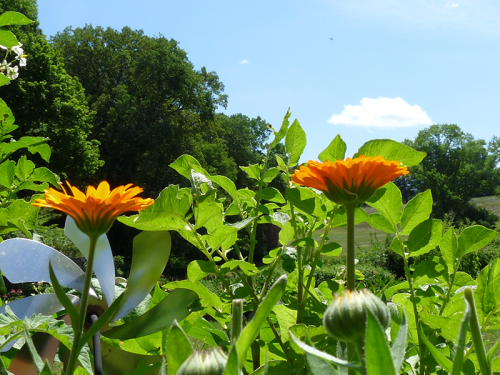
Calendula blossoms soaking up the sun
Calendula is an easy and versatile pant that is tolerant of most soils, and will grow happily almost anywhere there is sun. Plant as a companion, especially for Solanaceae or Nightshade family plants like potatoes and tomatoes. It will help discourage mold and blight while encouraging vigorous growth.
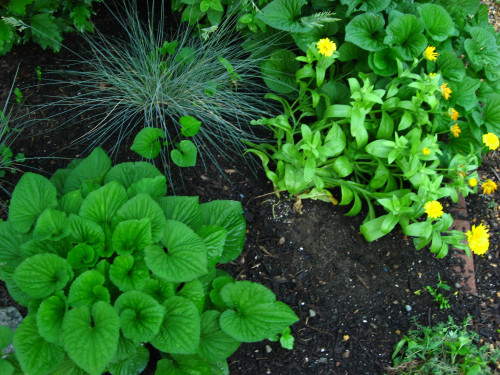
Calendula growing in part shade with Violets and Fescue
References:
[1] Wikipedia: http://en.wikipedia.org/wiki/Calendula_officinalis

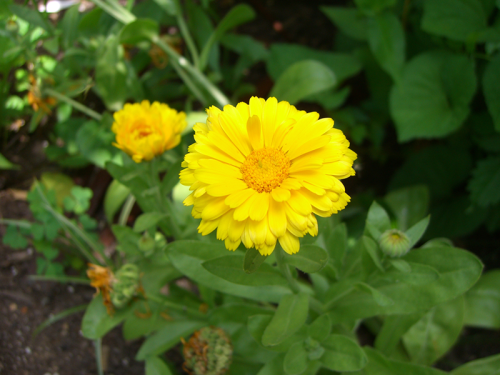
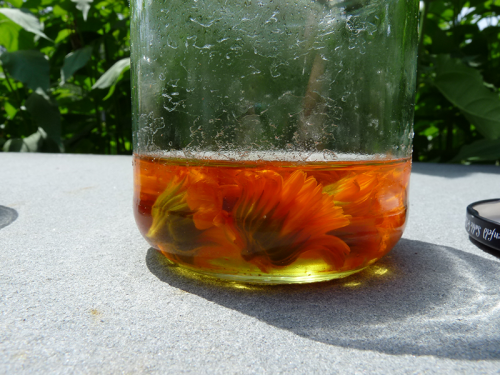
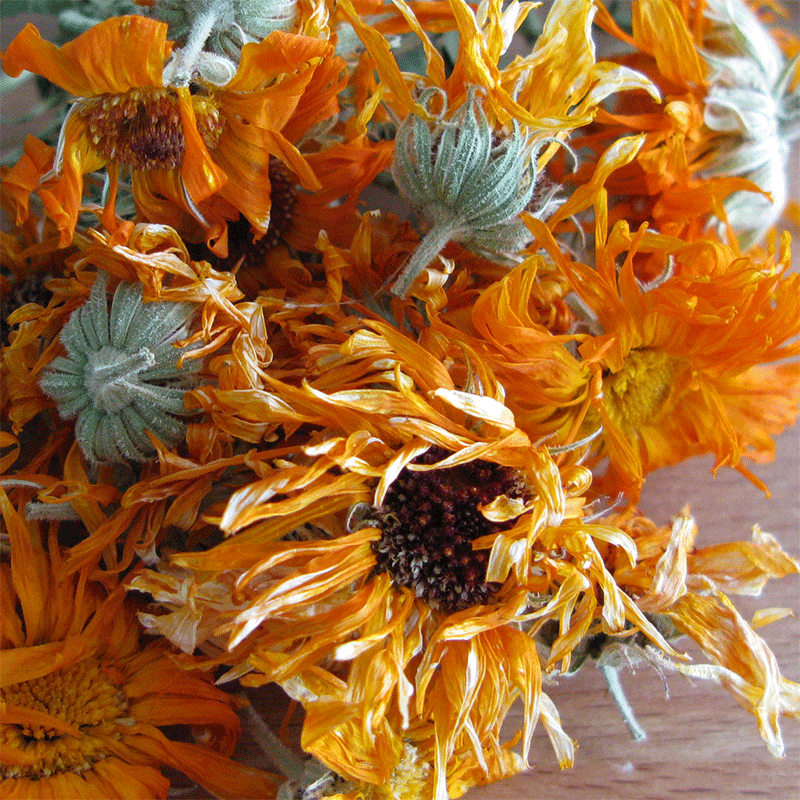
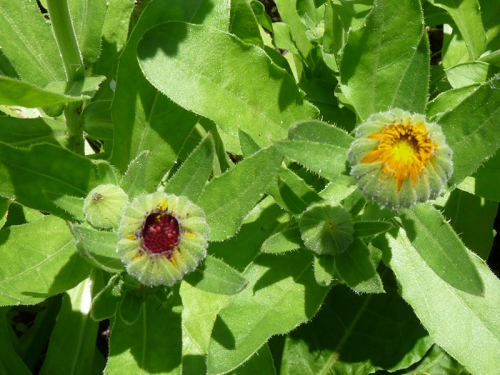
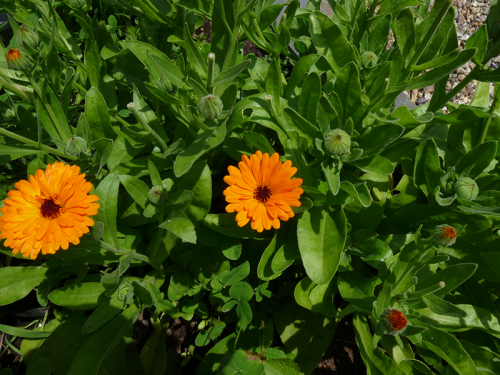
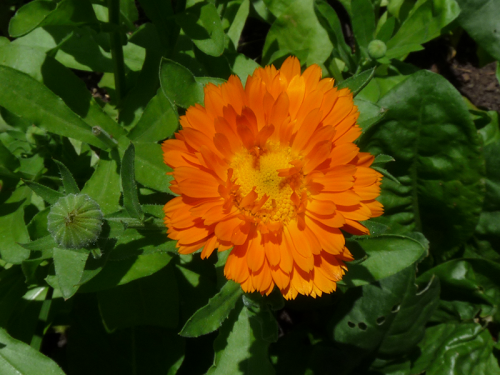
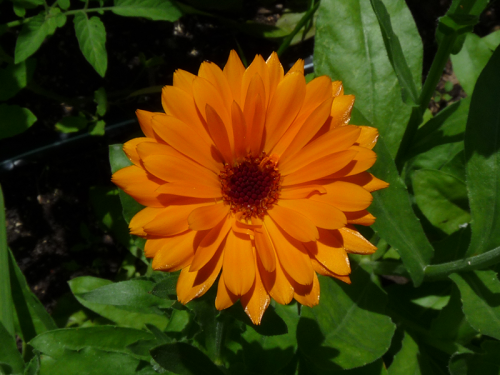
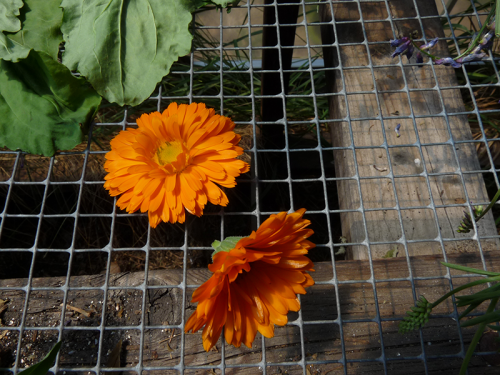
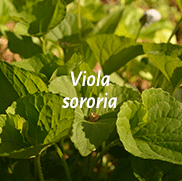

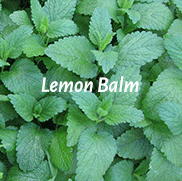
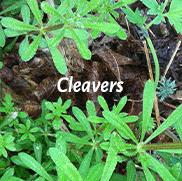
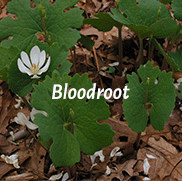
Pingback: Fall Supports | eco•logical herbalist | A resource for herbalist & gardeners